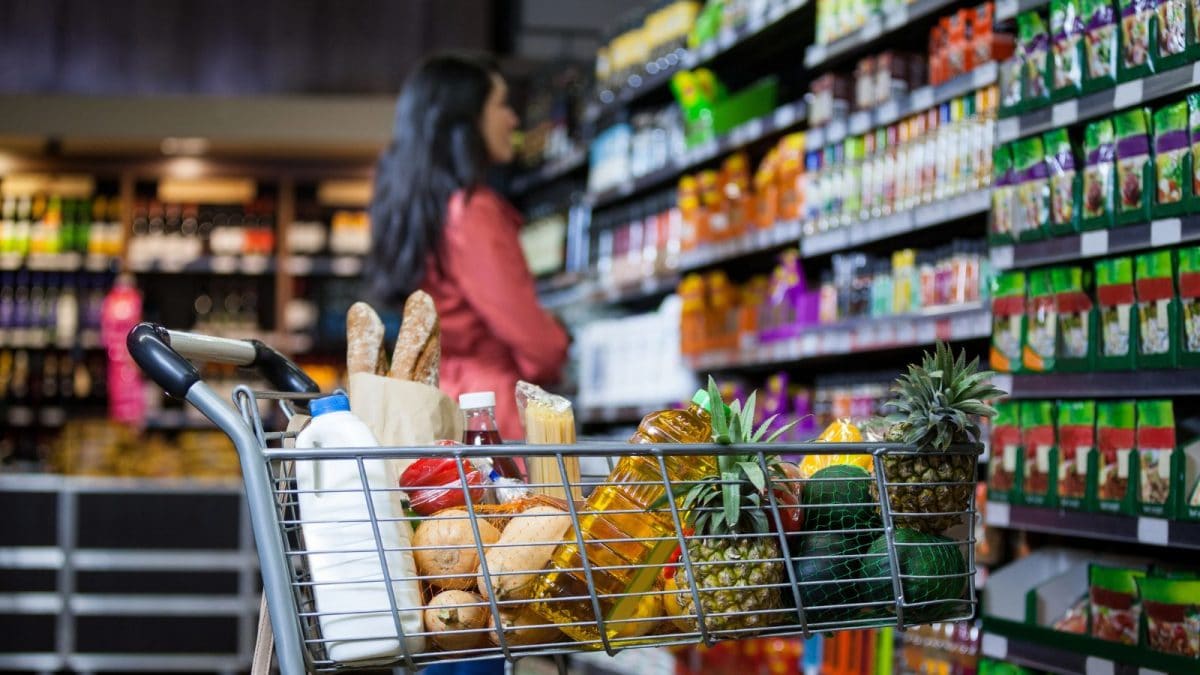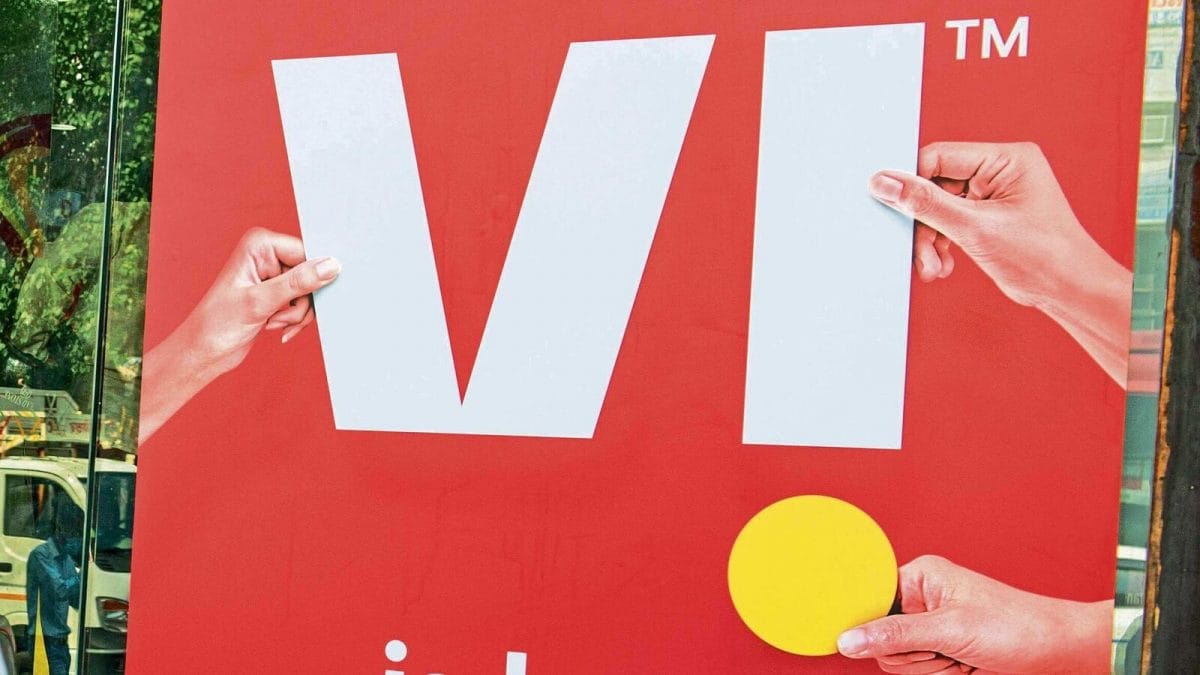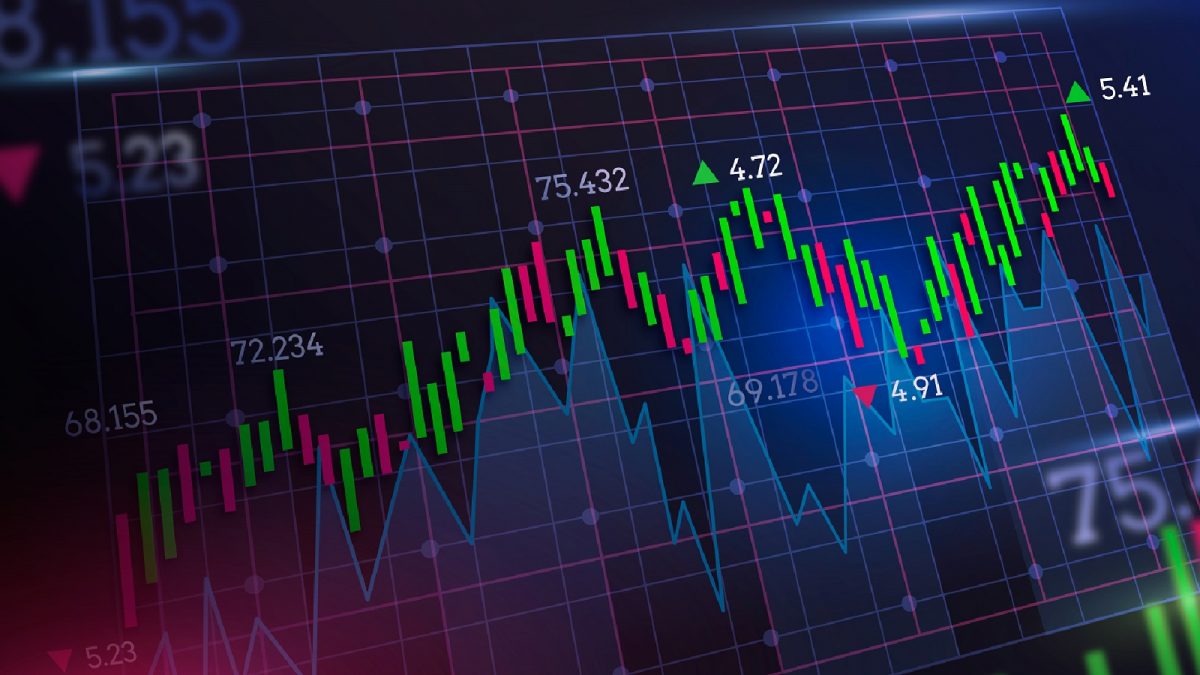Last Updated:
FMCG volumes in rural areas grew 8.4% year-on-year in the June quarter, compared with 4.6% growth in urban markets

FMCG
Rural India and smaller manufacturers drove the revival of packaged consumer goods in the April–June quarter, with villages outpacing cities for the sixth straight quarter and recording growth nearly twice as fast, according to NielsenIQ’s quarterly update on Wednesday.
“While urban recovery is gaining traction, particularly in smaller towns, rural demand remains the cornerstone of volume expansion,” said Sharang Pant, head of FMCG customer success at NielsenIQ. “With inflation easing and a favourable monsoon forecast, the outlook for consumption remains optimistic.”
FMCG volumes in rural areas grew 8.4% year-on-year in the June quarter, compared with 4.6% growth in urban markets. The gap, however, narrowed as cities posted sequential recovery—up 2.6%—aided by demand from smaller towns.
Overall, value sales rose 13.9% in the quarter, driven by sustained rural demand and steady urban gains, while volumes were up 6% y-o-y, with consumers opting more for smaller packs.
Soap, tea, snacks, and edible oil makers pointed to improving macro factors—favourable monsoons, income tax cuts, and easing inflation—in their June-quarter earnings. Hindustan Unilever posted 4% volume growth, beating expectations on sales and profits, citing government incentives and weather forecasts. ITC, Godrej Consumer Products, Marico, and Nestlé also flagged demand recovery in coming quarters.
NielsenIQ noted that e-commerce growth continued in the top eight metros, though smaller towns were the main driver of the resurgence, with metros seeing a consumption decline due to channel shift. “The rapid rise of small manufacturers outpacing overall industry growth highlights shifting market dynamics and intensifying competition,” Pant said, warning that sustained momentum will require deeper channel engagement and sharper, value-led propositions.
Prices rose 7.4% in the quarter, with unit growth outpacing overall volume growth, signalling a tilt toward smaller packs. Small and regional players—along with D2C brands—gained share in categories like noodles, biscuits, tea, and cosmetics, leveraging lower pricing, faster innovation, and last-mile reach through quick commerce and e-commerce.
E-commerce, including quick commerce, gained share against modern trade in metros. Although it accounts for only 11–13% of FMCG value share in these markets, it already delivers over half of omnichannel growth. “Despite the pullback of quick commerce dark stores, Q2 2025 consumption in e-commerce surged—driven by higher shopper penetration and consistent spending, even among new shoppers,” the report said.
Among categories, home and personal care led with 7.5% consumption growth, ahead of food at 5.5%.

Aparna Deb is a Subeditor and writes for the business vertical of News18.com. She has a nose for news that matters. She is inquisitive and curious about things. Among other things, financial markets, economy, a…Read More
Aparna Deb is a Subeditor and writes for the business vertical of News18.com. She has a nose for news that matters. She is inquisitive and curious about things. Among other things, financial markets, economy, a… Read More
view comments
Read More







